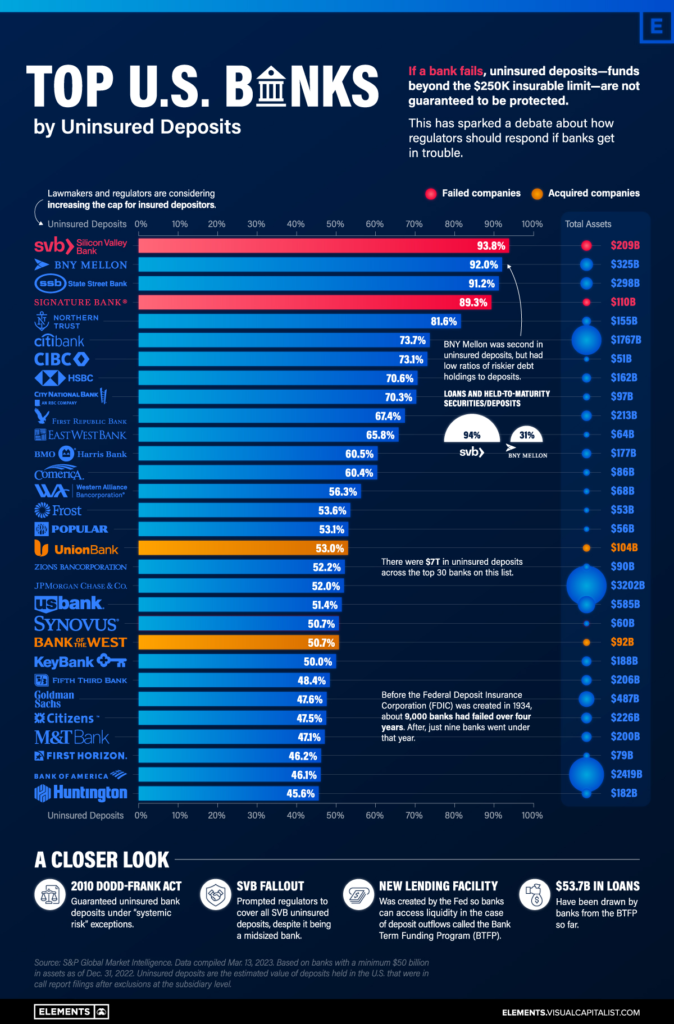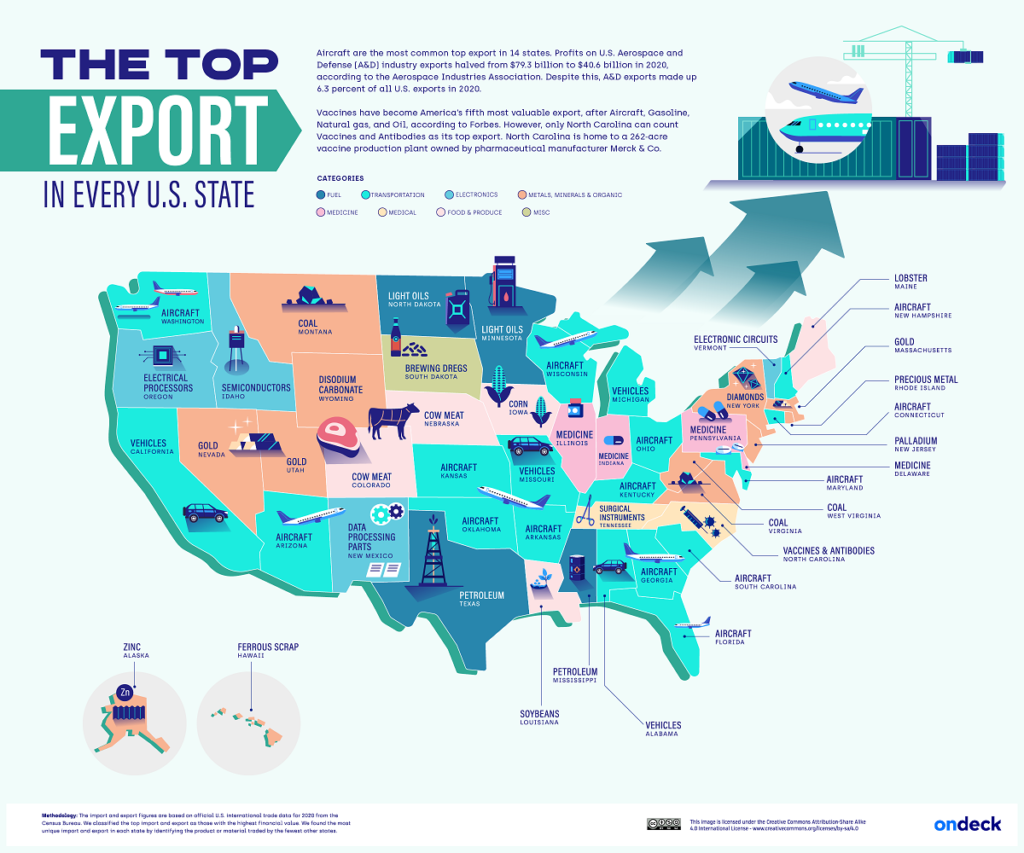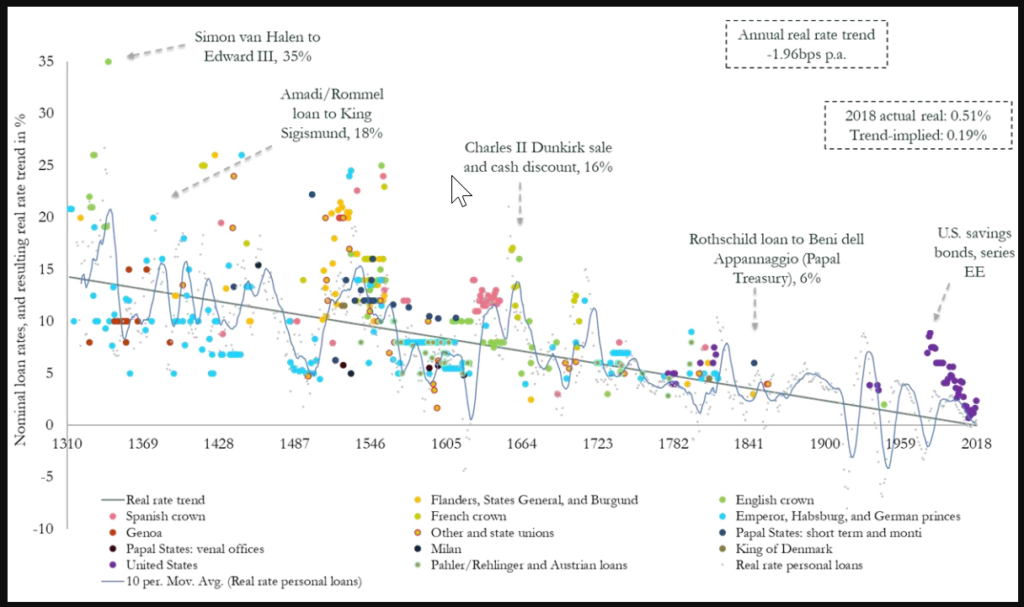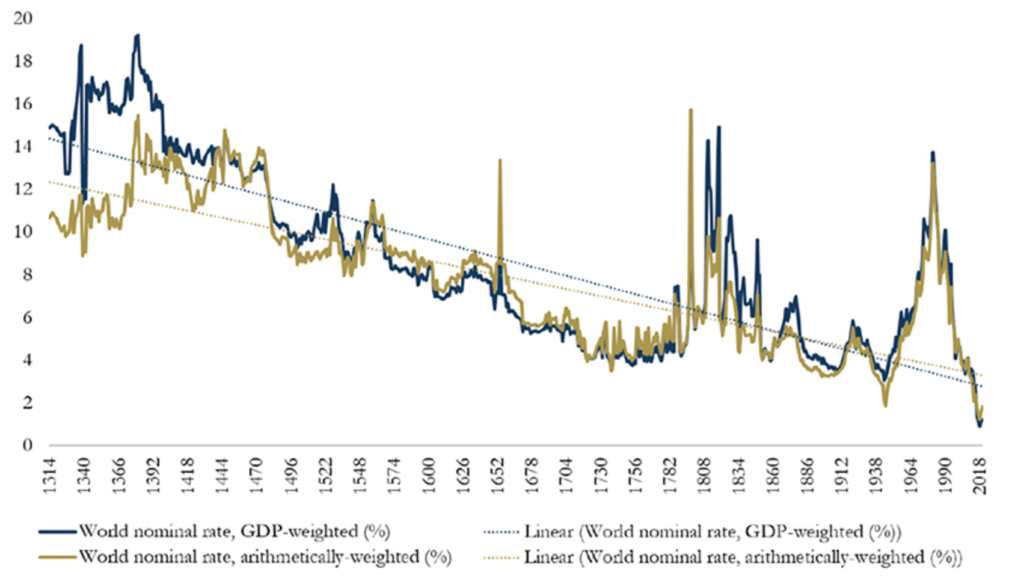Link: https://www.visualcapitalist.com/growth-in-working-age-populations-over-10-years/
Graphic:
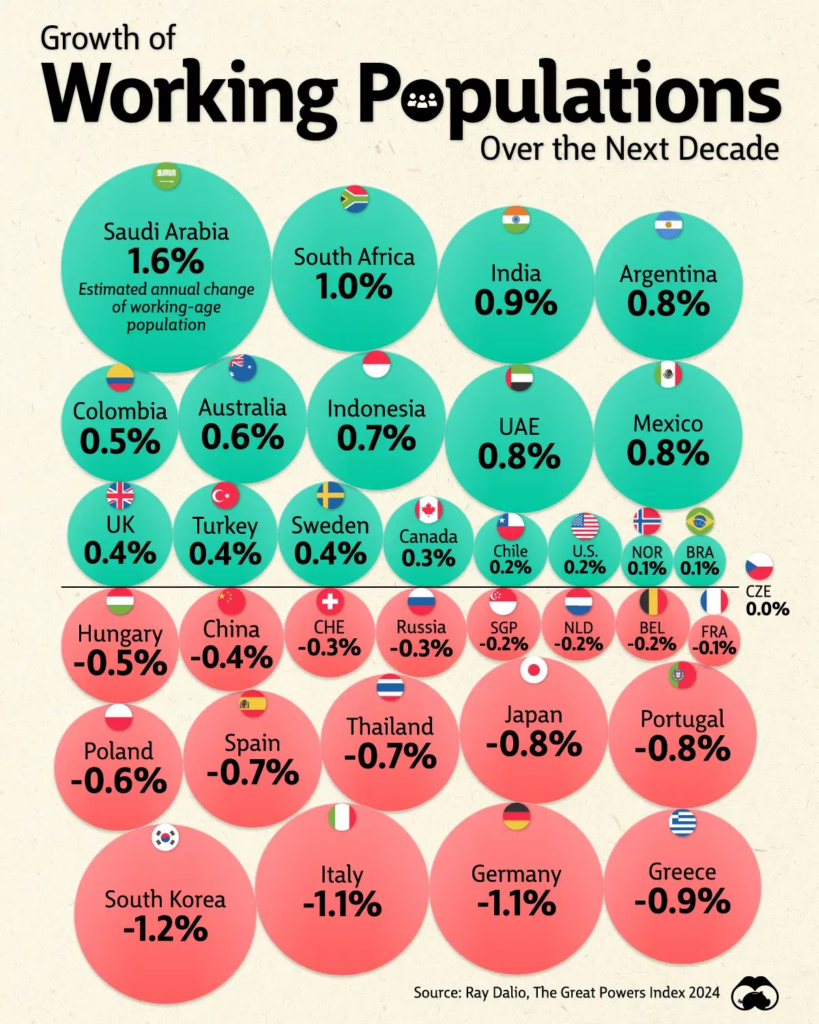
Excerpt:
Today, the working age population in almost half of U.S. metropolitan areas has declined due to demographic shifts, and this trend is set to continue.
As a result, the U.S. workforce is projected to grow at just 0.2% annually over the next decade, roughly a quarter of the rate of markets like India and Mexico. Given the low birth rates and aging populations across many advanced economies, the world’s workforce is set to change significantly, with implications for economic and productivity growth.
This graphic shows the projected growth in major economies’ working age population, based on analysis from Ray Dalio’s Great Powers Index 2024.
Author(s): Dorothy Neufeld
Publication Date: 23 Sept 2024
Publication Site: Visual Capitalist
